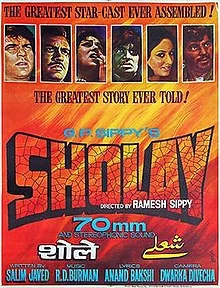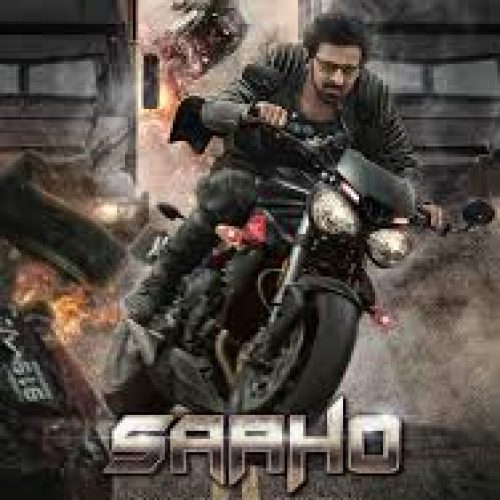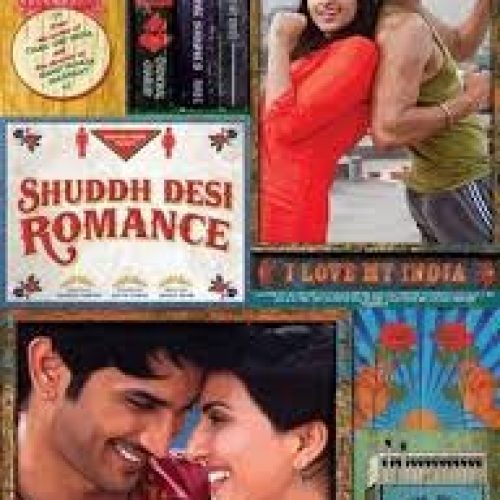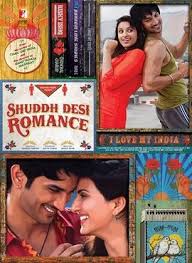Some films are classics because they transcend time and trends, and Sholay is the epitome of such cinematic immortality. Starring Amitabh Bachchan, Dharmendra, Hema Malini, Jaya Bachchan, and Amjad Khan, this 1975 blockbuster has set the benchmark for Indian action-adventure films. Directed by Ramesh Sippy, it is set in the fictional village of Ramgarh, capturing the essence of rural India in the ’70s. The film mixes elements of drama, action, and comedy, all underpinned by the western genre—a rare but successful combination in Hindi cinema.
The plot follows two small-time criminals, Jai (Amitabh) and Veeru (Dharmendra), who are hired by a retired police officer, Thakur Baldev Singh (Sanjeev Kumar), to capture a notorious dacoit, Gabbar Singh (Amjad Khan). As they immerse themselves in the village life and face Gabbar’s terror, the duo becomes deeply entwined with the local villagers, especially Basanti (Hema) and Radha (Jaya). The story’s themes of friendship, loyalty, justice, and revenge create a solid foundation for its many twists and turns. What starts as a straightforward mission soon evolves into a tale of personal stakes, bringing emotional weight to every action-packed sequence.
One of the most memorable aspects of Sholay is its outstanding performances. Amitabh and Dharmendra, as Jai and Veeru, share incredible on-screen chemistry, embodying the epitome of Bollywood’s “bromance.” Their camaraderie, playful banter, and deep friendship create the emotional core of the film. Dharmendra’s Veeru is the more flamboyant of the two, bringing moments of humor and charm, while Amitabh’s Jai is the quieter, more brooding figure, lending gravity to the narrative. Amjad Khan’s portrayal of Gabbar Singh is iconic. With his chilling dialogue delivery and menacing presence, Gabbar remains one of the most feared villains in Indian cinema. The casting was perfect, with each actor embodying their characters in ways that continue to resonate with audiences even today.
The film’s direction is another masterpiece by Ramesh Sippy. He skillfully combines different genres—action, comedy, drama—without compromising the film’s coherence. The way he balances light-hearted moments, such as Veeru’s drunken proposal to Basanti, with tense, action-packed sequences like the dacoit raids, shows his directorial finesse. Each scene is meticulously crafted, with Sippy using tight pacing to maintain audience engagement throughout the film’s lengthy runtime. The use of wide-angle shots, especially in the action sequences, adds grandeur to the landscape, turning the village of Ramgarh into a character of its own.
Another standout feature is the music by R.D. Burman. The soundtrack is legendary, with songs like “Yeh Dosti” and “Mehbooba Mehbooba” becoming cultural milestones. Each song seamlessly integrates into the narrative, enhancing the emotional and dramatic weight of the scenes. “Yeh Dosti,” in particular, encapsulates the bond between Jai and Veeru, while “Mehbooba Mehbooba” sets the tone for Gabbar’s wild and unhinged personality. The background score is equally effective, especially in moments of high tension. It perfectly complements the atmosphere, whether it’s the threat of Gabbar or the evolving relationships between the characters.
Visually, Sholay is a treat, thanks to Dwarka Divecha’s cinematography. The film boasts stunning landscape shots that give it a grand, almost epic scale. The dry, rugged terrain of Ramgarh evokes a sense of desolation, fitting for the western genre the movie leans on. Divecha’s camera work in the action scenes, particularly the train robbery and dacoit attacks, is dynamic and gripping, making those sequences feel more intense and immersive. The attention to detail in the set design and costume further amplifies the authenticity of the world, with the rural setting feeling lived-in and gritty.
The film’s themes of friendship, sacrifice, and justice resonate deeply with the audience. The characters’ motivations are clear and relatable, making their triumphs and tragedies all the more impactful. Even Gabbar Singh, despite being a villain, is not one-dimensional; his ruthless nature adds to the story’s complexity. The subplots, including Veeru and Basanti’s romance and Jai’s silent love for Radha, provide emotional depth without detracting from the main narrative. These relationships give the story heart and soul, making the stakes feel personal, not just for the characters but for the viewers.
Overall, Sholay is a cinematic masterpiece that excels in every aspect—from acting and direction to music and cinematography. It is a film that has withstood the test of time, continuing to inspire generations of filmmakers and audiences. The story, while simple, is elevated by powerful performances and a well-executed script. If you haven’t watched it yet, you’re missing out on a key piece of Bollywood history. For those who have seen it, it’s always worth revisiting to catch the nuances that make it an unforgettable experience.
Sholay is not just a film; it’s an experience—a journey into a world where friendship, justice, and courage reign supreme. It remains one of the greatest films ever made, and its influence is still evident in Bollywood today.







